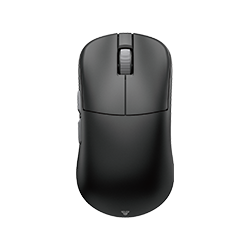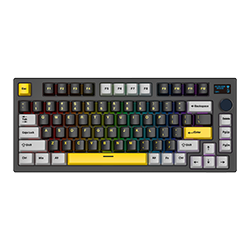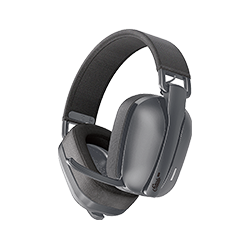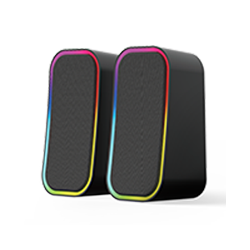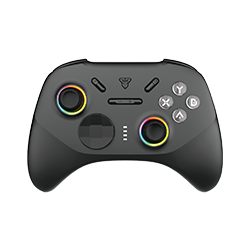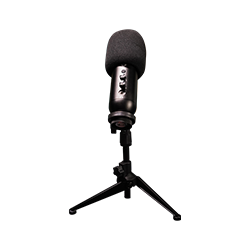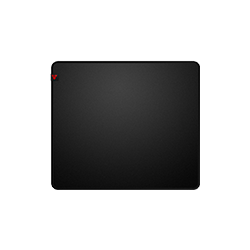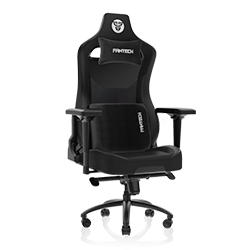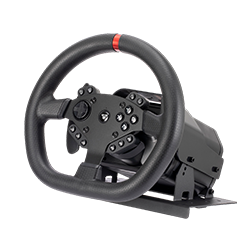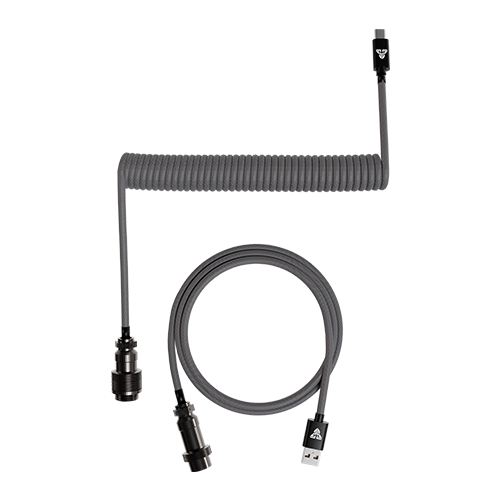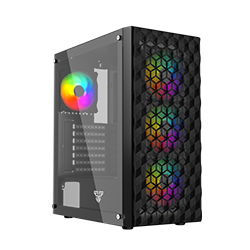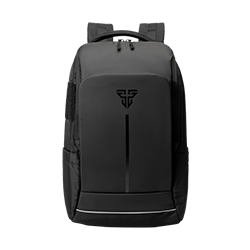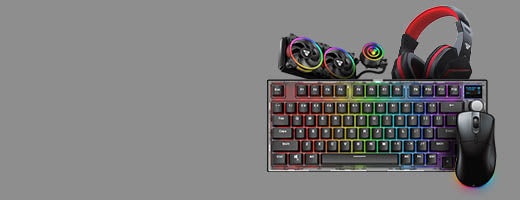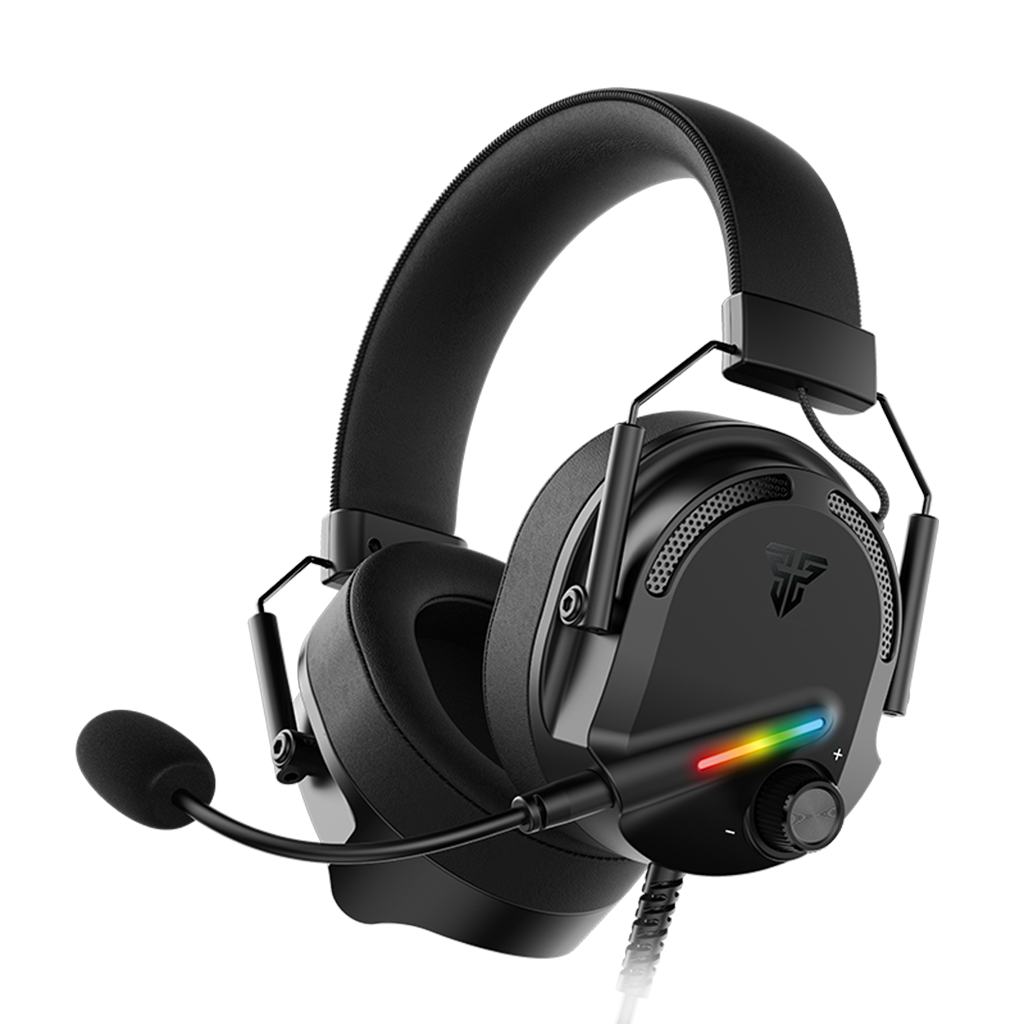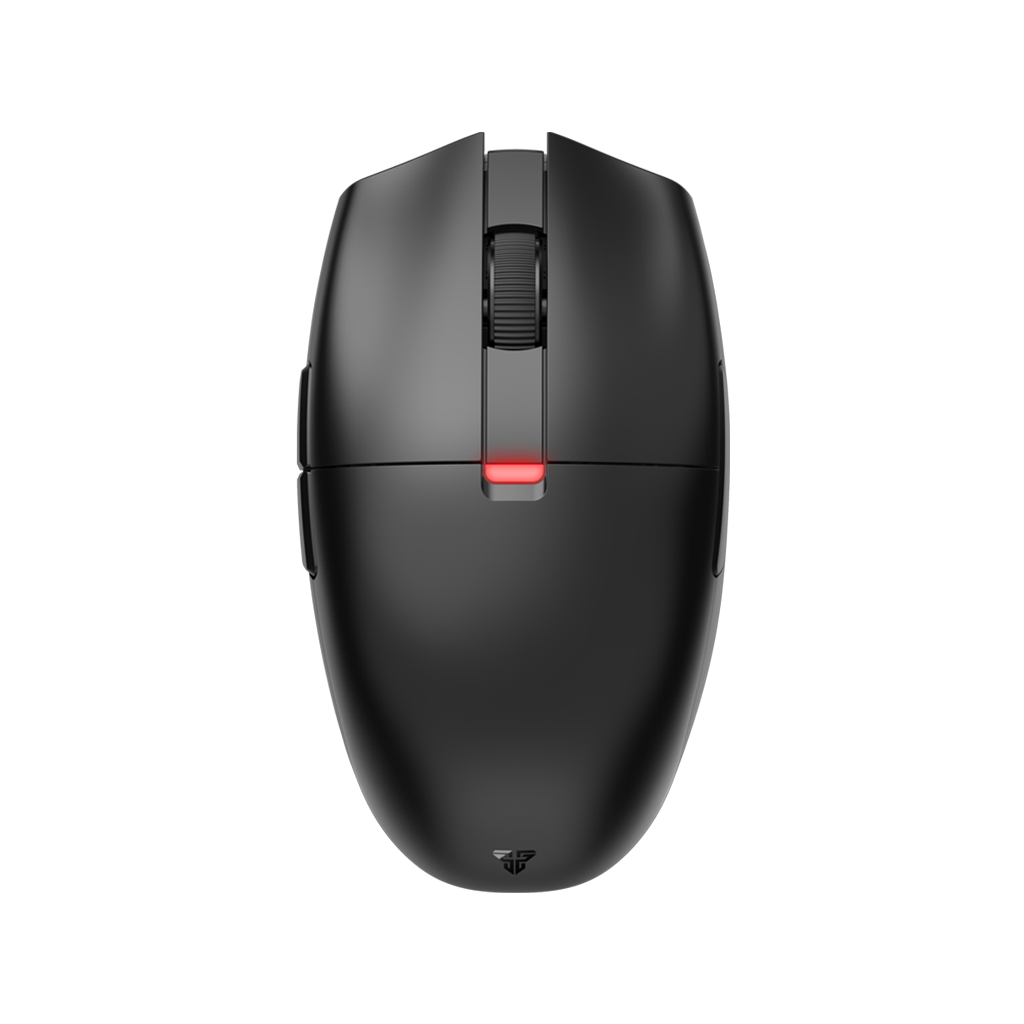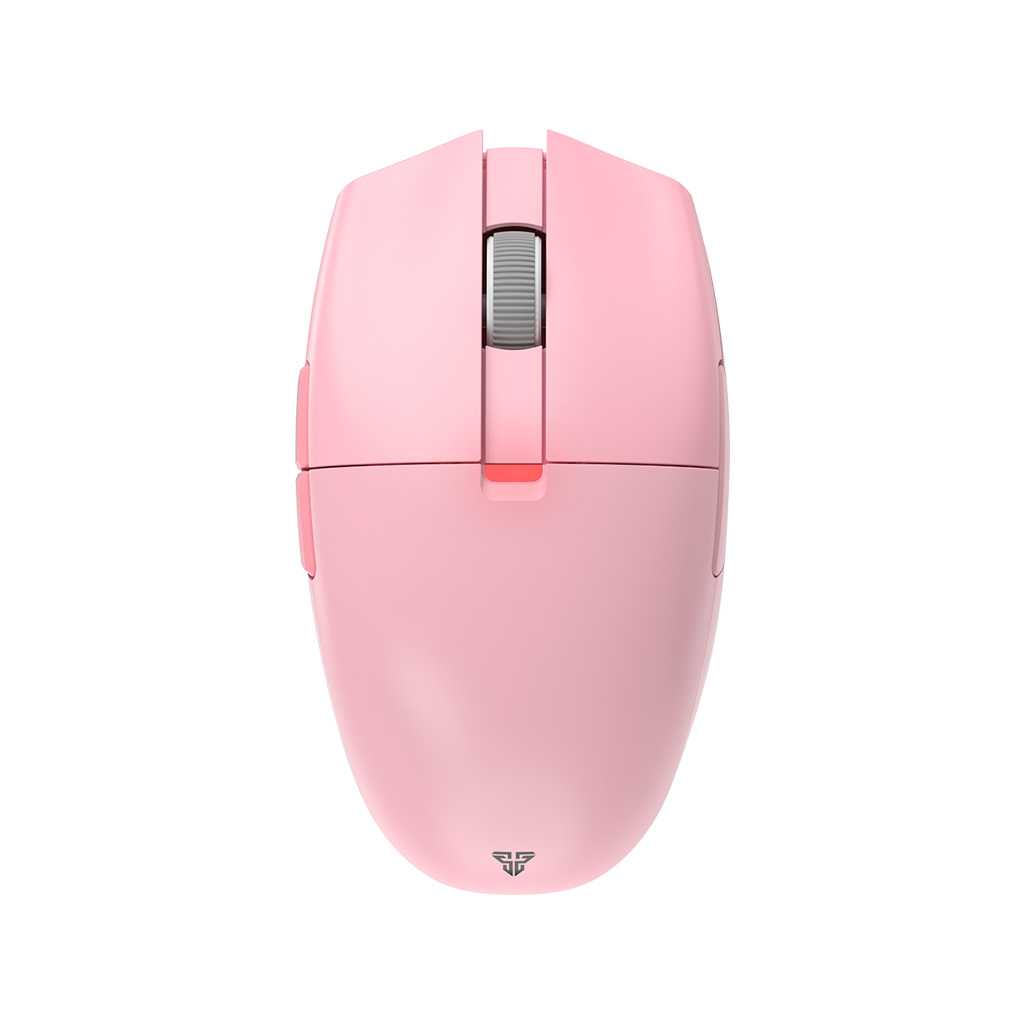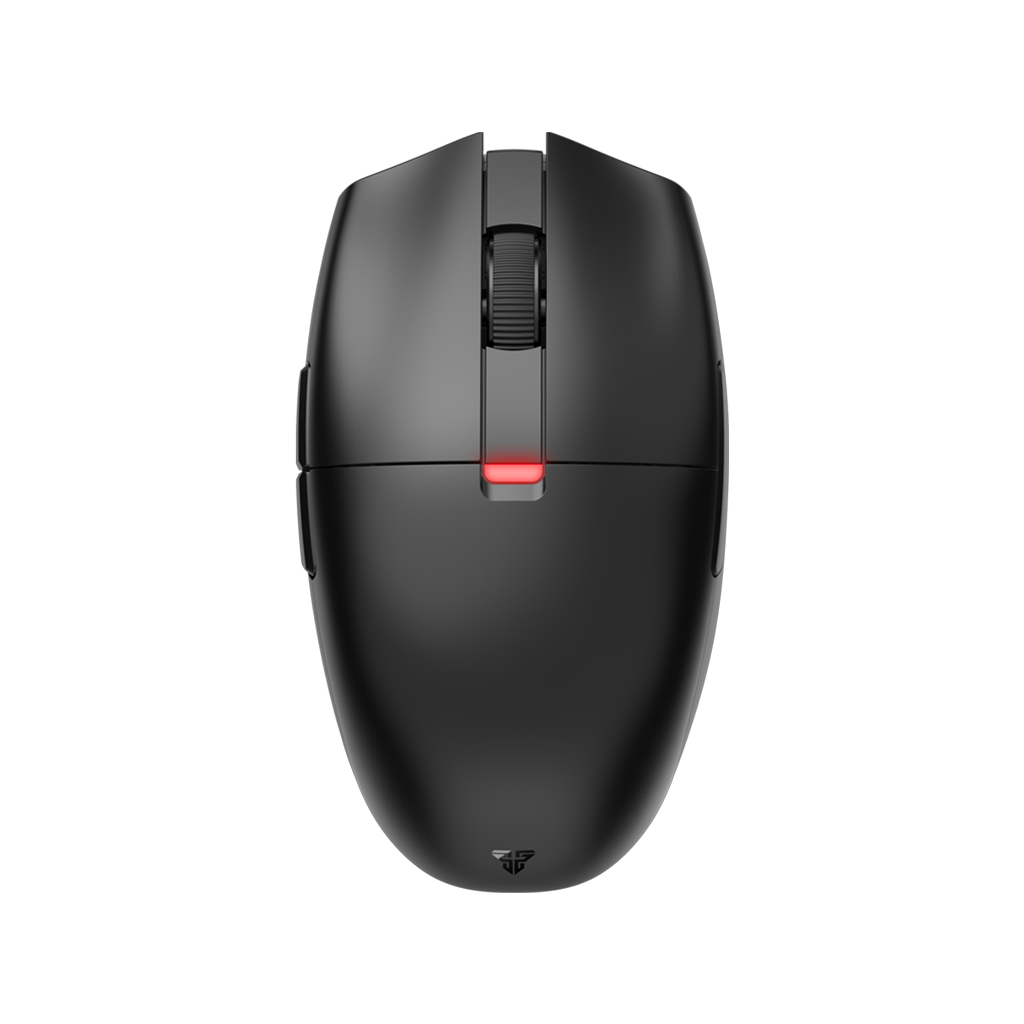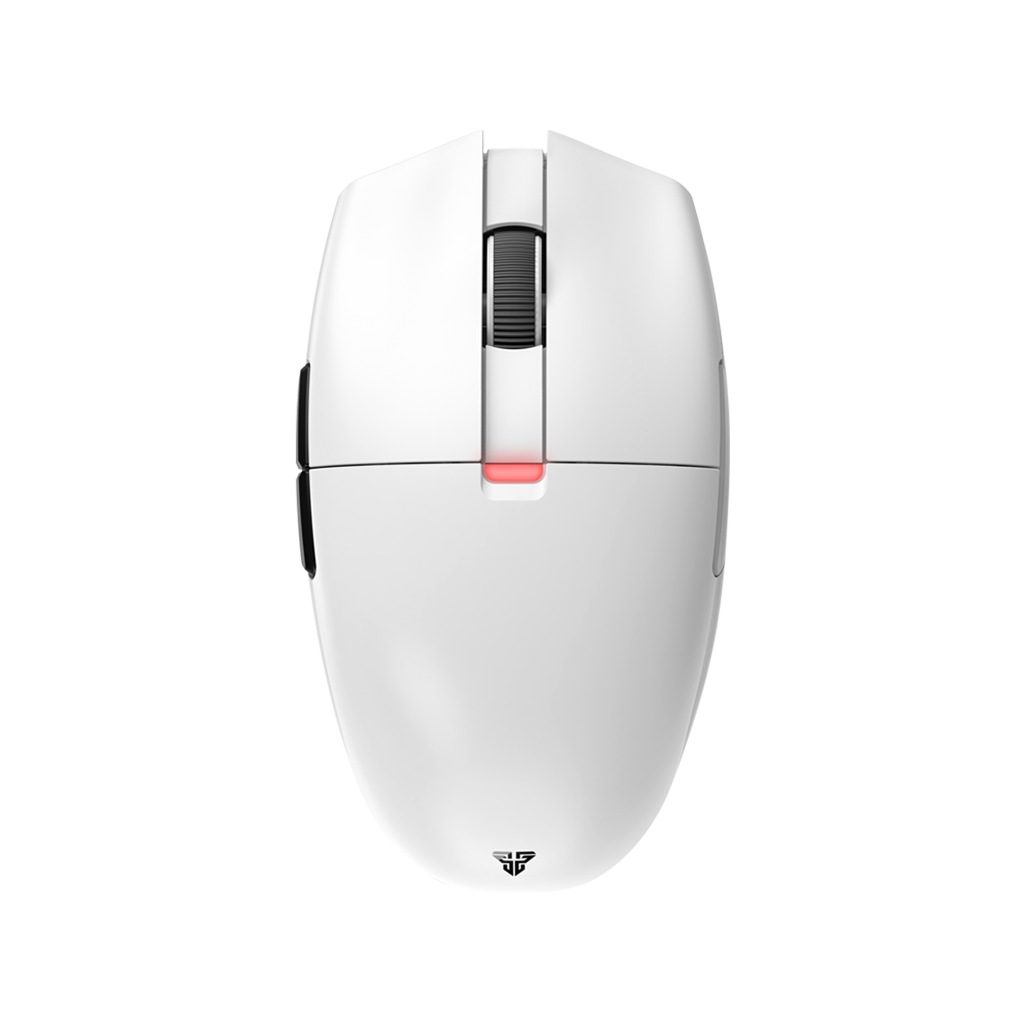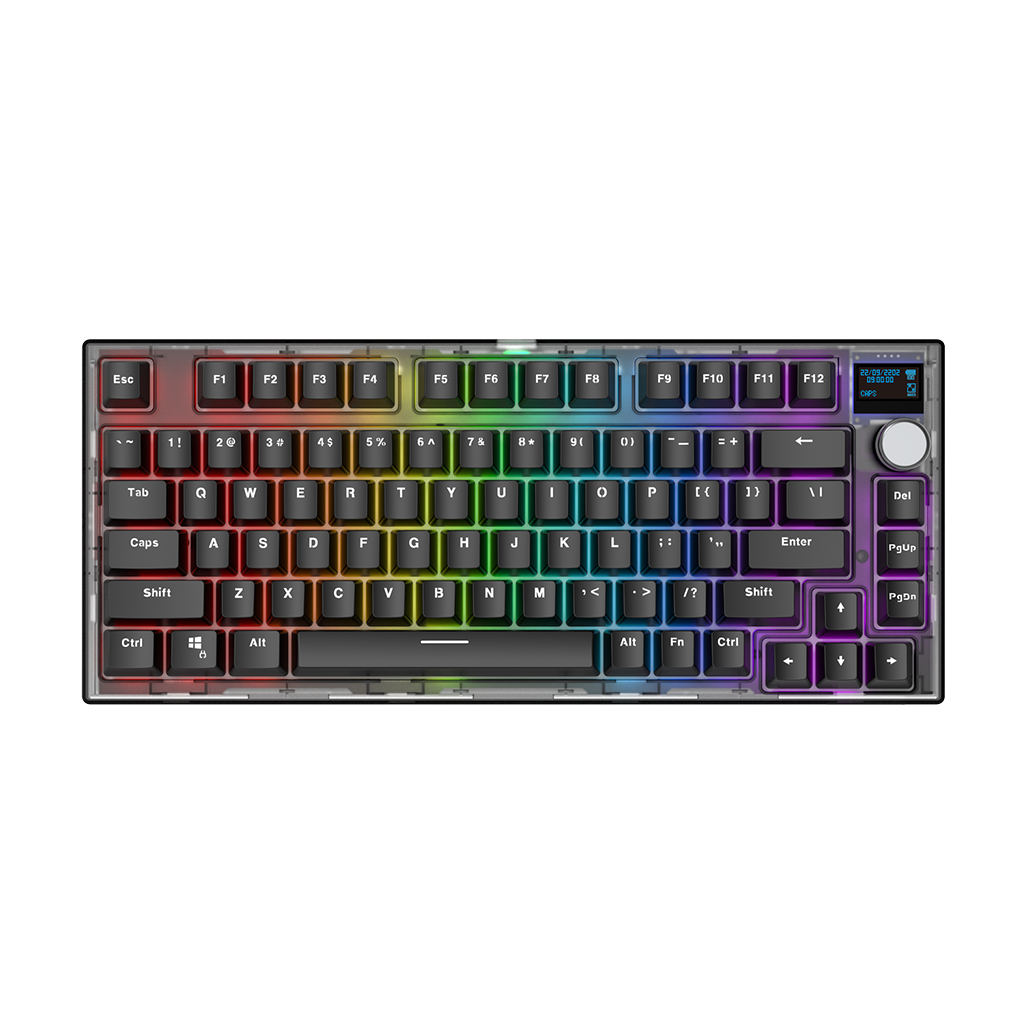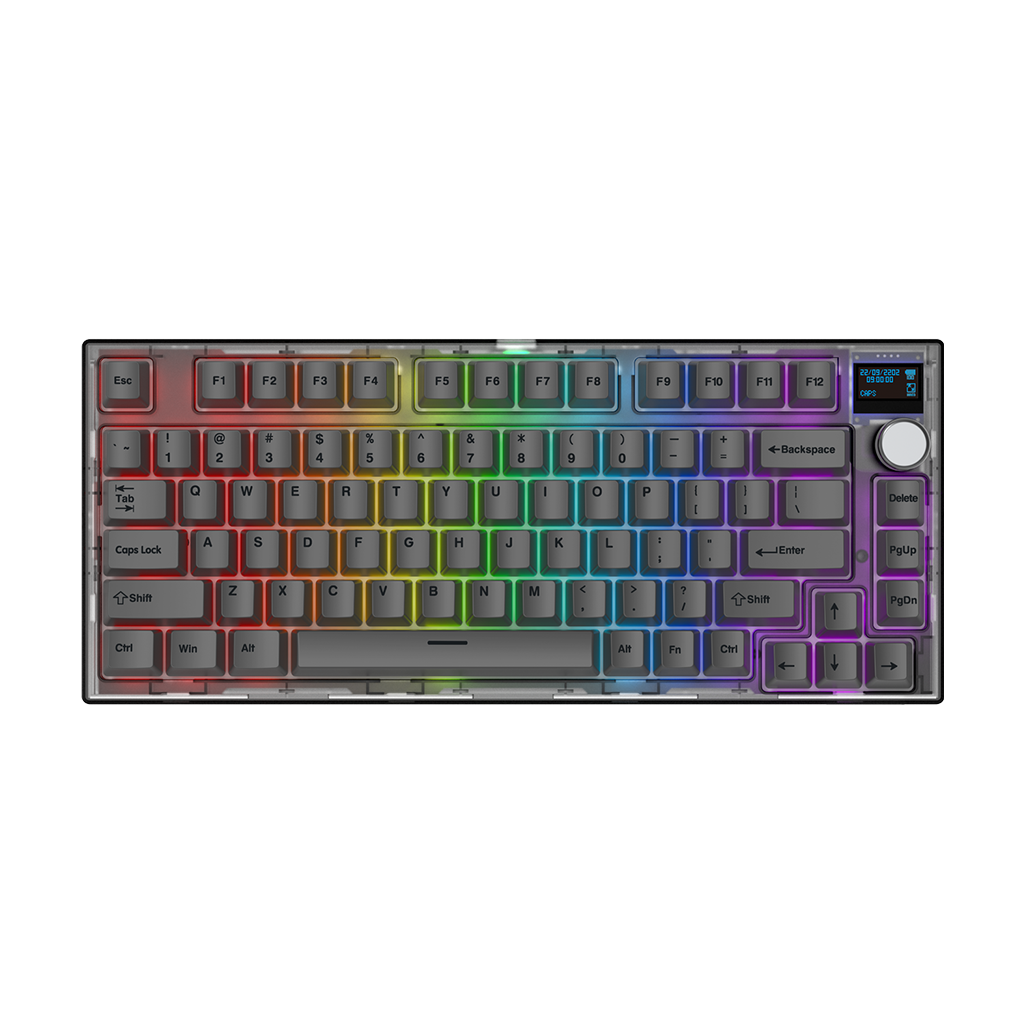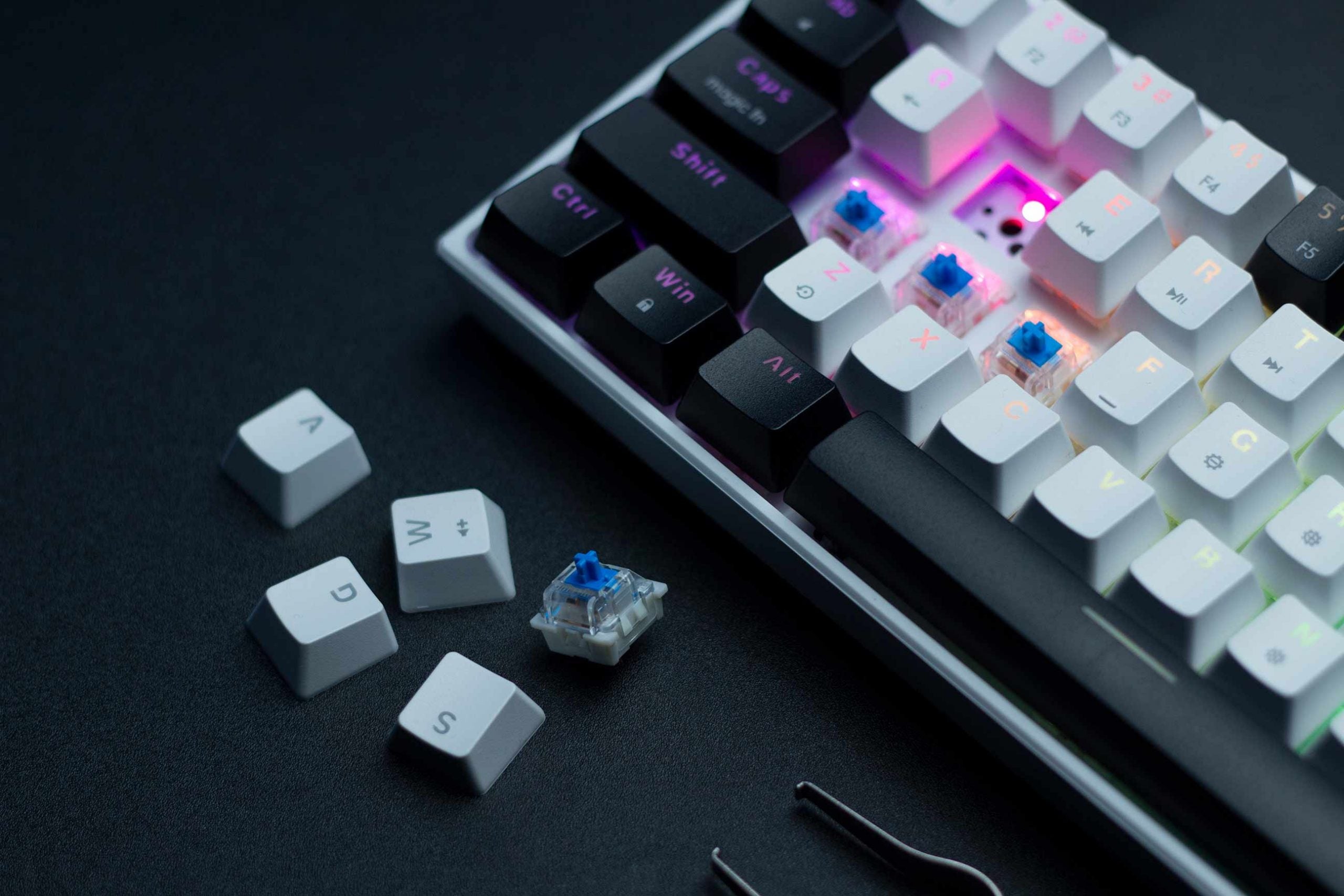Keycap Profiles Comparison - Mechanical Keyboard Guide
Now that you know what is the difference between PBT and ABS, things get a little more complicated when choosing a keycap profile. A keycap profile refers to the general shape of the keycap itself. Some are flat, some are rounded, some are curved, etc. This allows the keycaps to either be flat, or angled, in each row to give a different typing experience.
Who knew that changing keycaps can be a total headache? Don’t worry, we’ve got you covered. With our guide below, you’ll know exactly which keycap profile to use to bring your keyboard’s style and feel to the next level.
Different Styles of Keycap Profiles - Guide
As you can see, keycaps profiles differ in height, shape, and more. Take a look at the diagram below to see the difference between some common keycap profiles, such as Cherry or OEM, as well as some less common ones like TEA.

There are several different keycap profiles and shapes to select from in today’s market. There are many more profiles than these as well, but they’re even harder to get ahold of.
Below, we’ll go through the differences of each type.
| Keycap Profile | Description | Size |
| OEM | The most common keycap type on the market, mass produced. Considered to be very standard. | 11.9mm |
| CHERRY | Very similar to the OEM profile but a little shorter. Very popular profile due to the feel. | 9.4mm |
| XDA | Medium height keycap profile with a spherical top. All rows are the same height. | 9.1mm |
| SA | Very tall keycap profile with slightly spherical but sloped top. | 16.5mm |
| TAI HAO | Tall keycap with angled top, no curvature. | 14.8mm |
| KAT | Taller keycap with spherical inclined design. Based on SA design, slightly shorter than standard SA design. | 13.5mm |
| DSA | Slightly shorter keycap profile with spherical top. Consistent height for each row. | 7.6mm |
| KAM | Similar to XDA, but a bit smaller surface area on top of keycap. | 9.1mm |
| TEA | Very thin keycap, with all rows the same height. | 3.8mm |
| MBK | Even thinner than TEA, but with slight curvature on top. | 3.2mm |
| AMK | Apple’s Magic Keyboard keycaps, known as being really flat. | 2.3mm |
Below, we will describe each keycap. However, for sake of longevity, we’ll just cover the most basic types, as the core differences have been listed above already.
OEM Keycaps
OEM profile keycaps are a classic standard of keycaps seen throughout mass-produced mechanical keyboards. They’re one of the most popular sizes on the market, and are easy to find replacements for.
Each height and shape of the keycaps change for each row, which gives a good grip on your hands when typing. Suitable for gaming and for typing.
Cherry Keycaps
Cherry profile keycaps are also another popular standard of keycaps on the market, however their shorter height may cause some compatibility issues with north-facing LED keyboards. This isn’t a big issue, but it could increase the overall sound when typing on one.
Cherry keycaps are very similar to the OEM profile keycaps but they’re a little shorter. Because of their similar design, it’s very easy to get used to typing on them, and they tend to be quite comfortable.
Artisan Keycaps
Artisan keycaps sound pretty cool! They’re a newer trend among the keyboard enthusiast scene, which are typically handmade. They’re used to spice up the overall design of the keyboard, and can feature acrylic sceneries, game characters, and more. While they’re not exactly nice to type on, a lot of users place them on less commonly pressed keys such as the ESC or function keys.
Essentially, they’re a cool piece of glam for your keyboard. Like how a cool keychain is for your keys. Useful? Maybe. Cool? Definitely.
It’s worth mentioning, they’re not exactly a keycap profile, but we’ve included them here due to the popularity.
SA Profile Keycaps
SA profile keycaps are generally quite tall keycaps, and are angled from the top with spherical tops as well. This allows users to easily type on them and get a really good feel.
SA profile keycaps are perfect for people who lift their fingers a lot when typing, as it will give them a more comfortable typing experience when compared to Cherry or OEM.
These types of keycaps were commonly found in older keyboards such as the IBM Model M, and grew in popularity because of the “thock” (thocc) sound that they can give when typing.
XDA & DSA Keycaps
XDA keycaps are a shorter keycap profile which is similar to DSA, but have a larger surface area for typing. Their uniform design allows users to quickly move their hands across the keyboard when typing.
DSA keycaps are quite similar, but are a bit shorter.
Unlike Cherry or OEM keycaps, these may take longer to get used to due to the large design differences between them.
KAT Keycaps
KAT keycaps, also known as “Keyreactive All Touch”, is a newer version of the SA profile. Basically, they’re a shorter, mid-size profile with smoother SA styling. They’re typically quite thick and give a good sounding keystroke.
Most KAT profile users love them due to the spherical inclined design that allows their fingers to glide smoothly along the keycaps.
KAT profile keycaps are also suitable for gaming as their design allows for a slightly faster actuation of the switch, in theory.
Looking to try a new award-winning keyboard with Cherry Profile Keycaps?
Our award-winning MAXFIT67 features Cherry Profile keycaps, and even includes spare keycaps in the box as well! It could very well be the perfect companion for your keyboard building journey as it even includes hotswap sockets, so you can change the switches!
MAXFIT67
RGB MECHANICAL HOTSWAP KEYBOARD
- Highly Recommended by TechPowerUp!
- 65% Form Factor
- South Facing PCB
- Rotary Encoder Knob
- Wireless (BT + 2.4ghz) & Wired
- Gateron Hotswap Sockets
- Kailh Box White / Pre-Lubed Gateron Milky Yellow Switches
- DYE-SUB PBT Keycaps
- Includes plate foam & tray foam
